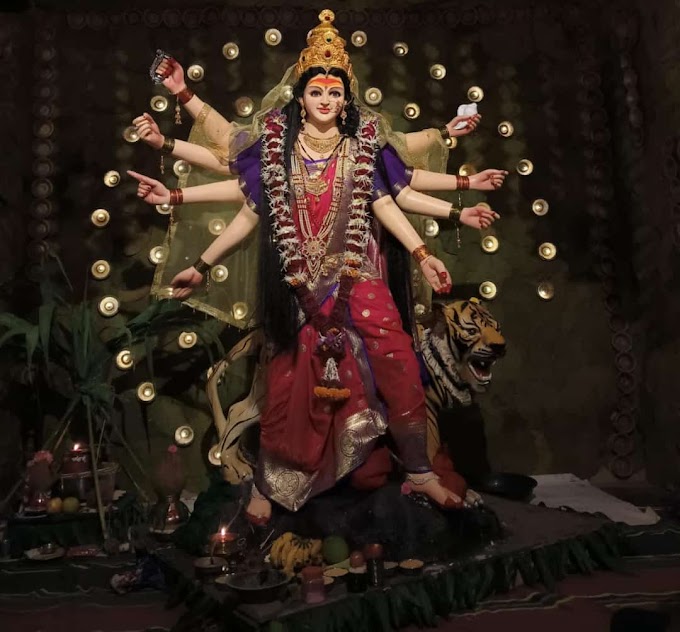Somnath Jyotirlinga: A Blend of Beauty, Culture, and Faith
Somnath Jyotirlinga is one of the twelve Jyotirlingas or sacred abodes of Shiva in Hinduism. It is located at Prabhas Patan, Veraval in Gujarat, India. The temple is dedicated to Somnath, a form of Shiva, who is worshiped as the "Lord of the Moon".
The Somnath temple was destroyed and rebuilt several times over the centuries. It is said that the first temple was built of gold by Somraj, the god of the moon. Later it was made by Ravana with silver, Krishna with wood and Bhimdev with stone. The present temple was constructed in 1951 by the Government of India after the previous temple was destroyed by Mahmud Ghaznavi in 1026 AD.
Somnath Temple is a beautiful and grand structure. It is built in the Nagara style of architecture, with a high pyramidal roof and a golden dome. The temple is decorated with intricate carvings of Hindu deities and motifs. The main shrine of the temple houses the Shivalinga, a lingam (sacred pillar), believed to be a self-manifested form of Shiva.
Somnath Temple is a popular pilgrimage center for Hindus from all over India. It is also a major tourist attraction. The temple is open to visitors of all religions.
Some interesting facts about Somnath Jyotirlinga are as follows:
* This temple is situated at the confluence of three rivers Kapila, Hiran and Saraswati.
* It is said that the Shivling present in the temple was built by the divine architect Vishwakarma.
* The temple was destroyed and rebuilt 16 times over the centuries.
* The most famous destruction of the temple was done by Mahmud Ghaznavi in 1026 AD.
* The present temple was constructed in 1951 by the Government of India.
* Somnath Temple is one of the five most important pilgrimage sites located on the sea coast of India.
* The temple is also known as the "Golden Temple" as it was once covered with gold.
Somnath Jyotirlinga is a sacred and important pilgrimage site for Hindus. It symbolizes the resilience of Hinduism and the power of faith. This temple reminds of the rich history and culture of India.












